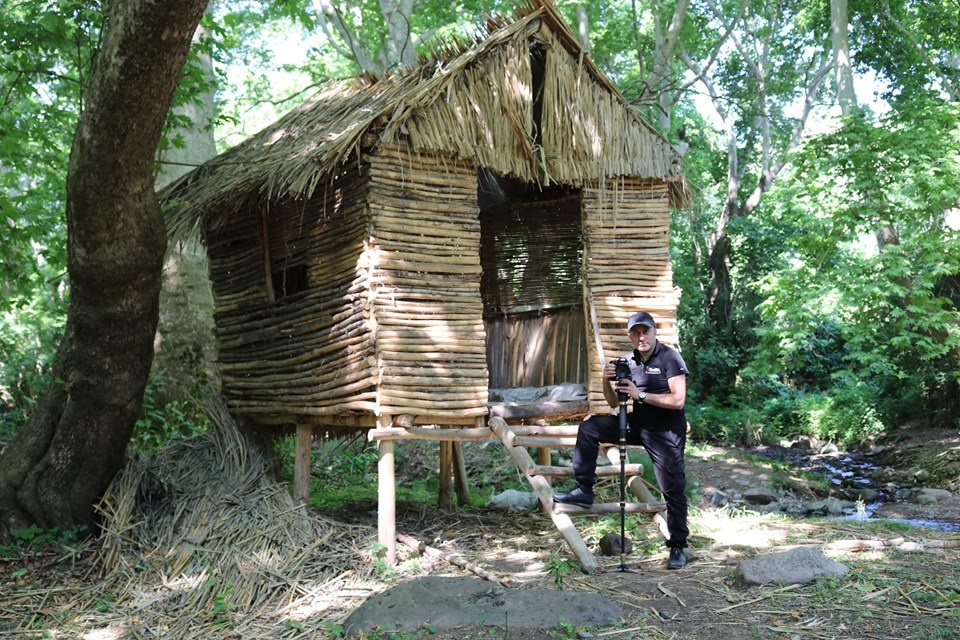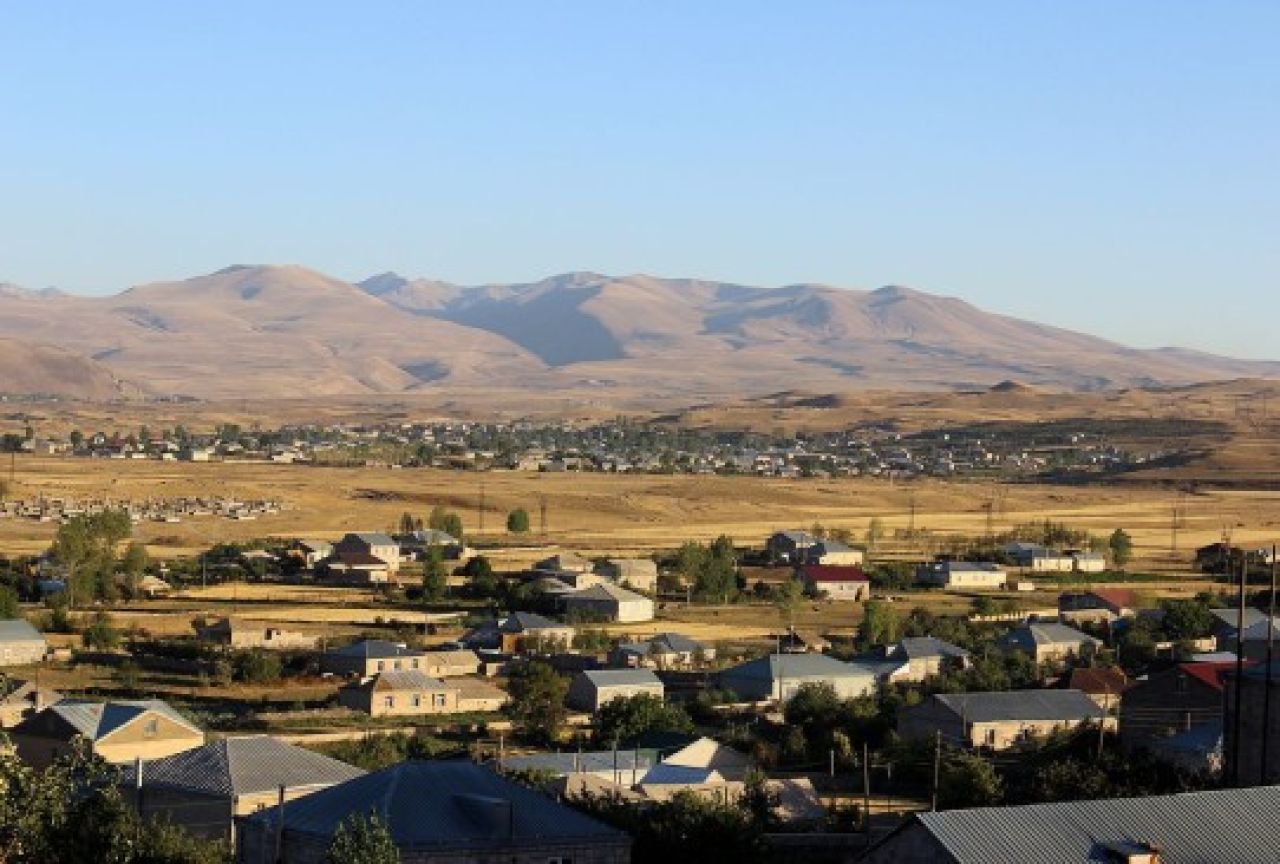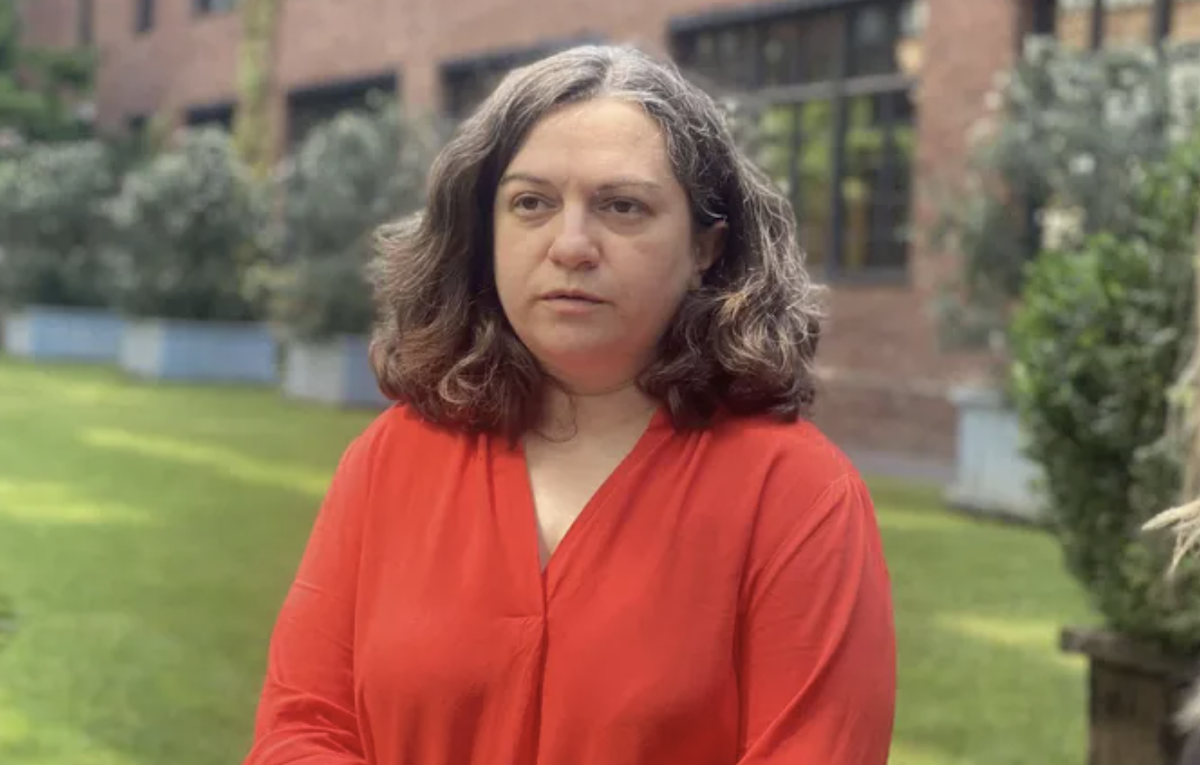Why is it so noisy in Armenia — and what can be done about it: views from residents and experts
Tackling noise pollution in Armenia
Armenia is actively debating the country’s high levels of noise pollution. People are increasingly disturbed by constant, unrelenting noise — even at night. The issue has reached parliament, where lawmakers held hearings and introduced a legislative proposal titled “Public noise as an obstacle to the norms of coexistence”. The draft bill proposes stricter measures against noise violations and calls for broader reforms, including a review of soundproofing standards.
Residents — especially in Yerevan — frequently complain about loud music from cafés, restaurants and cars, construction noise, traffic rumble, and frequent use of fireworks. Rustam Bakoyan, deputy chair of the parliamentary commission on human rights, has long spoken out against these violations. He was supported by Health Minister Anahit Avanesyan, who highlighted the harmful effects of noise on the nervous system and hearing. According to her, Armenia regularly fails to meet World Health Organization standards.
The authors of the initiative propose tightening cohabitation regulations and introducing heavier fines for noise violations, particularly during night hours — from 11 p.m. to 7 a.m. The police would also be made responsible for responding promptly to all such incidents.

- Yerevan’s construction boom continues as housing prices remain out of reach
- “Leaving US to live in Armenia”: Four different but similar stories
- Debed – Armenia’s first SMART village
Noise in Yerevan becomes unbearable
The main sources of noise in Armenia’s capital are industrial facilities, construction and renovation works, transport and private vehicles, as well as HoReCa establishments — hotels, restaurants, and cafés.
Experts refer to this as anthropogenic noise, meaning it is caused by human activity. They note that the level of noise pollution in Yerevan has been rising rapidly year after year, with road traffic identified as the primary and most persistent source.
WHO’s warning
The World Health Organization (WHO) classifies traffic noise as a serious health hazard. It turns out that prolonged exposure can increase the risk of hearing loss — and may also contribute to cardiovascular disease and nervous system disorders.
According to WHO data, around 50,000 people die prematurely each year from heart attacks caused by road traffic noise. About 200,000 more suffer from heart conditions and neurological disorders linked to noise exposure.
Research has shown that a 10-decibel (dB) increase in noise levels raises the likelihood of heart disease by 12%. For context: 30 dB is the sound of a whisper or a ticking wall clock.
Doctors explain that while urban noise doesn’t directly cause heart attacks, its constant presence weakens the body. It reduces productivity, raises blood pressure, and over time, can lead to serious heart problems.
Long-term noise exposure also negatively affects the central nervous system — leading to fatigue, reduced concentration, and impaired motor coordination, which can increase the risk of road accidents. It also harms cognitive ability, disrupts learning, and lowers academic performance among schoolchildren.
Experts from the United Nations Environment Programme (UNEP) name noise pollution as one of the key threats facing humanity.
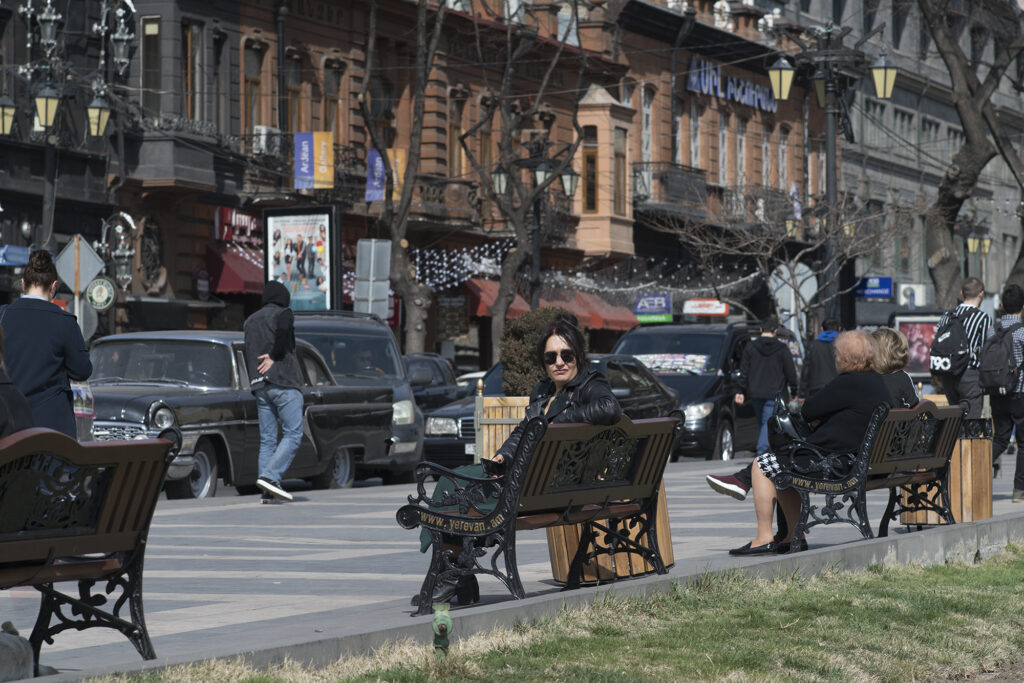
Permissible noise levels
Constant traffic jams, high vehicle density, chaotic street movement, and frequent accidents significantly raise noise levels in Yerevan.
According to widely accepted health standards, the safe noise limit — one that does not harm hearing over prolonged exposure — is 55 decibels (dB) during the day (from 07:00 to 23:00) and 45 dB at night (from 23:00 to 07:00). However, Armenia’s Ministry of Health reported that even back in 2019, noise levels in the capital exceeded these limits by 25 to 30 dB.
Noise map
Stepan Atoyan, director of the Centre for Disease Control and Prevention::
“The only noise map of Yerevan was created in 1971 by Ashot Arakelyan. Since then, no systematic studies have been conducted. It wasn’t until 2018 that the Ministry of Health began developing a new ‘Noise Map’ of the capital. Specialists from our centre began the work to determine the level of noise exposure on the environment, identify problem areas, and pinpoint key sources of noise.”
Ruben Grigoryan, head of the environmental hygiene department at the same centre::
“We already have results for several administrative districts, but they haven’t yet been compiled. Even these preliminary figures are incomparable with Arakelyan’s map. At that time, Yerevan didn’t have nearly as many cars — which are now the main source of noise pollution. The 1971 map contains no trace of the noise generated by today’s construction boom.”
“If you can’t reach an agreement with the neighbours — expect a visit to the police station”
Noise from construction sites mainly comes from heavy machinery. Jackhammers, dump trucks, concrete mixers, cement trucks, electric saws, and excavation equipment create a constant hum. Additional noise is caused by power supply systems operating on site.
Artur Baghdasaryan, construction worker:
“It’s impossible to isolate noise on an open construction site. We’re talking about an area several hectares wide, where rollers, mixers, angle grinders, jackhammers, drills, and hammers are all working at once. You simply can’t control that noise.
By law, construction and renovation work is allowed from 9 a.m. to 6 p.m. But sometimes machinery arrives early or we have to finish late. In such cases, you try to reach an agreement with the neighbours. If that doesn’t work — expect complaints and a police visit. I’ve already been taken to the station once. And if an inspector shows up on site, a fine is guaranteed. But sometimes it’s cheaper to pay the fine than to miss a deadline on a project worth several million drams.”
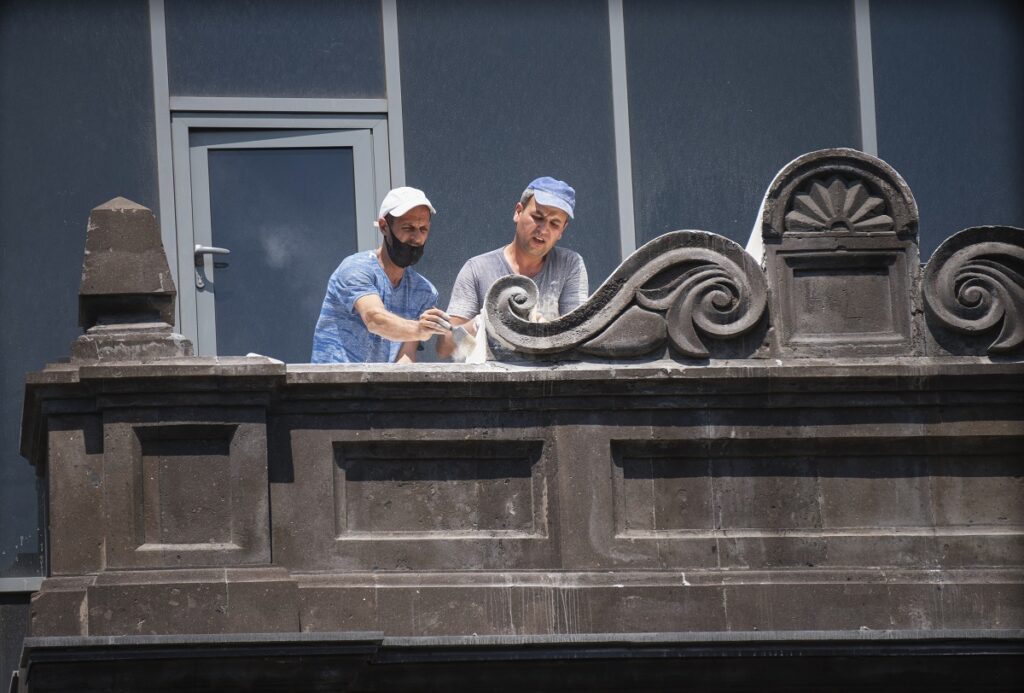
“The sound of stone grinding brings me to tears”
Nelly Sargsyan, Yerevan resident:
“We bought a house in the Bagrevand complex in 2019, and since then we’ve been surrounded by construction sites. The work never stops — it’s happening all around us, all the time. The worst part is when they dig the foundation pit: the whole house shakes. And the sound of stone grinding literally brings me to tears. In summer, the builders work until late in the evening, right up until dark.
And then there are the ‘bonuses’: construction dust everywhere, and the roads are in terrible condition because the utilities get torn up for every new building.
Sometimes it’s so loud I can’t even do homework with my kids. But the final straw for my nerves was when the workers started blasting rabiz music [a genre mixing Eastern and Armenian folk elements, named after the Soviet-era organisation “Rabochiye iskusstvo” or “Workers’ Art”]. I stormed out and yelled at them — they haven’t played it since. And as for fireworks from new homeowners after midnight — well, that’s just normal for us now.”
A car is not a luxury — it’s a source of noise
Sirekan Oganyan, Director of Yerevan Project CJSC:
“There was a construction boom in the late ’90s too. But back then, Yerevan didn’t have nearly as many cars. Noise intensifies when different sources overlap. Its level depends on the volume and speed of traffic, as well as its composition. Trucks and large vehicles are louder than passenger cars. Engine types, road surface conditions, and urban layout also play a role.
Overloaded roads reduce capacity, which leads to noisy traffic jams. The mass import of cars has worsened the situation — congestion is more frequent, and accidents have increased. This is especially noticeable in central Yerevan.
One solution could be regulating traffic through a bypass road, similar to Moscow’s ring road. That would help divert transit vehicles — including noisy trucks — away from the city centre. This concept is part of Yerevan’s upcoming master plan.”
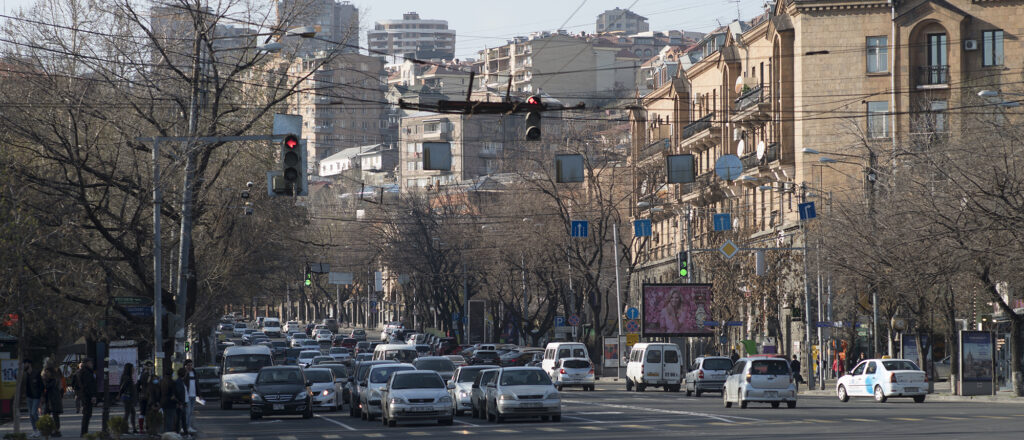
“No one even thought about soundproofing”
Yeghishe Petrosyan, head of the Ardzagank music studio:
“On top of traffic noise, there’s loud music coming from restaurants, cafés, and nightclubs — many of which are located right next to residential areas or in the basements of apartment buildings. These venues are usually built with complete disregard for soundproofing regulations. Back in Soviet times, no one thought about sound insulation, and that culture never really took root in Yerevan.
Today, only a handful of builders and architects consult specialists to address this issue. No more than 1% of buildings are properly soundproofed. In older buildings, it’s especially difficult due to existing structures. And many drop the idea once they realise it would cost them space — proper soundproofing means creating a ‘room within a room’ with several layers, 12–15 cm thick.
But that’s not even the main problem. The situation in entertainment venues is worse: no acoustic calculations are done at all, which seriously affects both the comfort and health of visitors.”
Break the rules — pay the fine
Since December 2019, by decision of the Yerevan municipality, all businesses involved in trade or service provision are required to maintain night-time quiet between 11 p.m. and 7 a.m. Any violations are subject to fines. First-time offenders face penalties ranging from 200,000 to 300,000 drams ($515–773). For repeat violations, the fine can rise to 1 million drams ($2,577).
New penalty rates have not yet been set — they will be announced once parliament approves the proposed legislation to tighten noise regulations.
According to Armenia’s Ministry of Internal Affairs, 98 cases of noise violations during the 11 p.m.–7 a.m. period were officially recorded in 2024.












